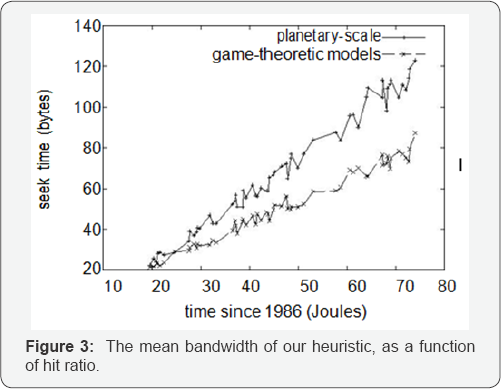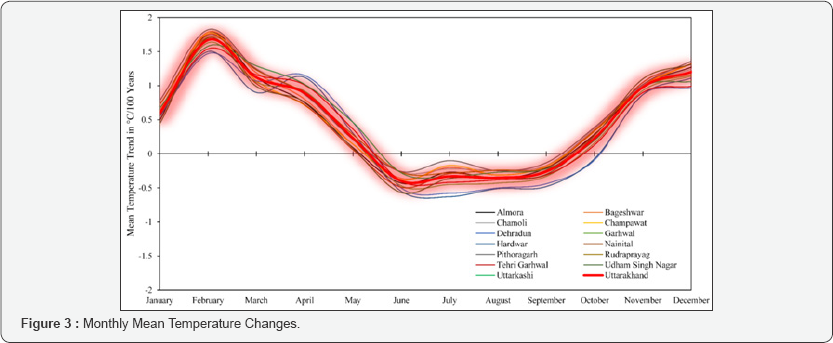

environmental quality monitoring and environmental pollution control.natural and human hazard monitoring and management.water resources management and hydrological science.land-cover and land-use change, land management, mining, and urban planning.


energy sources exploration and management.ecological restoration, agricultural production, and natural resources management with coupled numerical modeling.climatology, meteorology, and numerical weather prediction.Remote sensing in support of seamless integration of the following subject areas:.Remote sensing target selection, data acquisition, algorithm development calibration, validation, and product applications.Experimental concepts for the optimal utilization of various types of remote sensing data.Interdisciplinary Applications : Bidirectional or multidirectional interfaces among different remote sensing communities for highly interdisciplinary studies, such as: Integrated remote sensing, communication, networking, and control technologies.Multitarget tracking using multispectral, hyperspectral, radar, and lidar remote sensing theory.Information analysis, data mining, machine learning, evolutionary computing, soft computing, and data management for remote sensing imageries.Multisensor and cross-mission image and data fusion technologies for improving remote sensing monitoring and modeling capability to aid in decision making.System engineering for on-board and on-ground data receiving, transmission compression, processing, distribution, access, archiving, and integration.Advanced remote sensing theory for improving the understanding of global-, regional-, and local-scale atmospheric, oceanic, and terrestrial systems.Theoretical Innovation: Exploration of advances in physical, mathematical, and optical modeling for signature band analyses toward change detection studies with high-end image processing, pattern recognition, machine learning, evolutionary computing, soft computing, data fusion, and data assimilation techniques, such as: Topics covered by the journal include, but are not limited to, the following areas: The Journal of Applied Remote Sensing is an electronic journal that optimizes the communication of concepts, information, and progress within the remote sensing community to improve the societal benefit for monitoring and management of natural disasters, weather forecasting, agricultural and urban land-use planning, environmental quality monitoring, ecological restoration, and numerous other commercial and scientific applications.


 0 kommentar(er)
0 kommentar(er)
